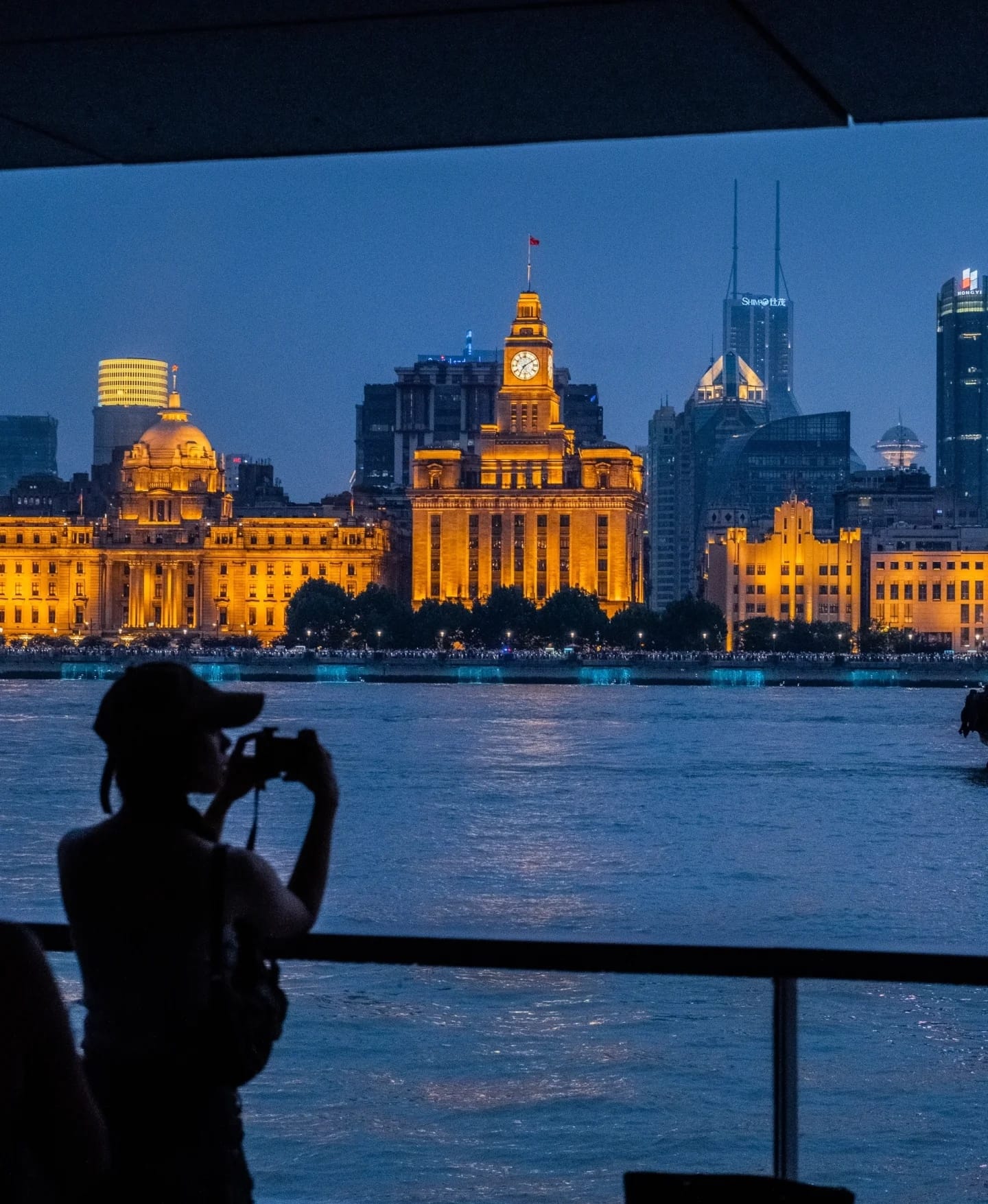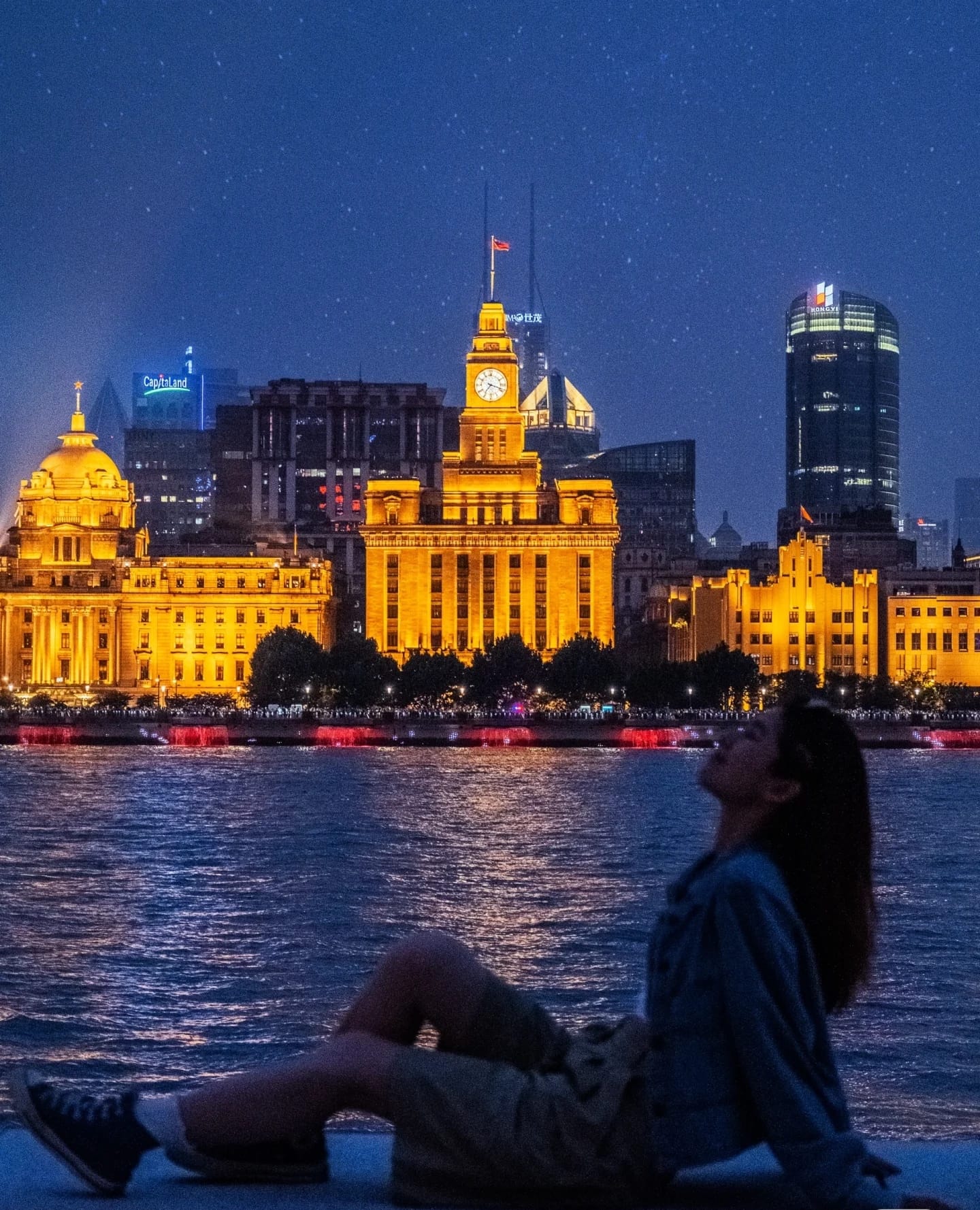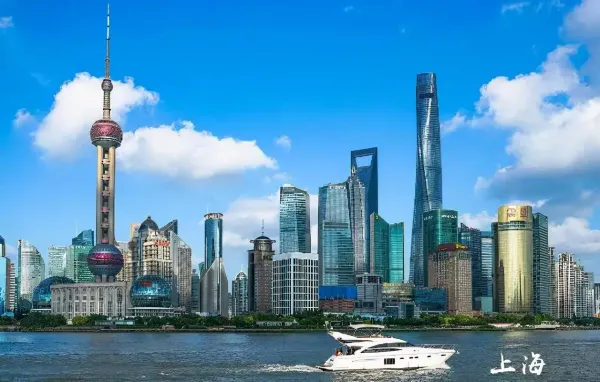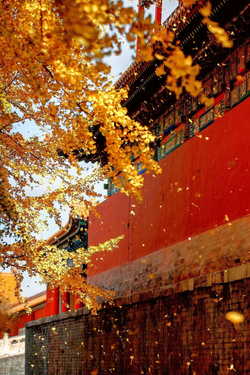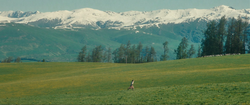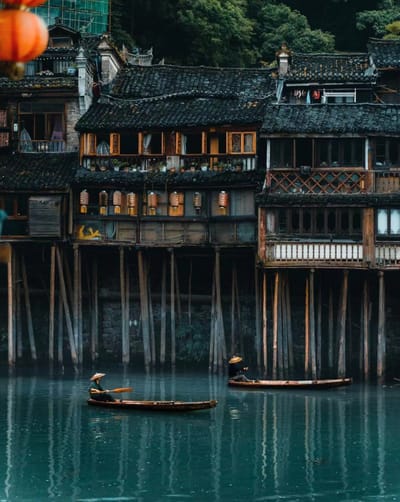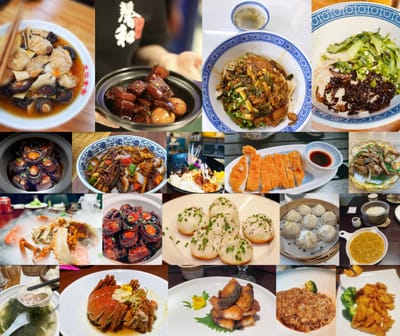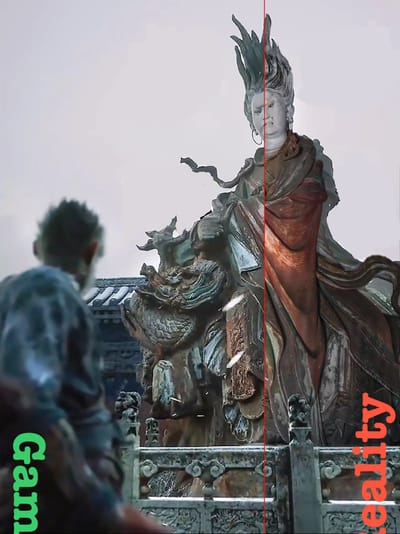On this page
Shanghai, as China's gateway city, is not only a popular destination for domestic tourists but also an excellent starting point for international friends to explore Chinese culture. This vibrant city, with its unique blend of tradition and modernity, East and West, captures the attention of visitors from all over the world. For foreigners, Shanghai is not only a paradise for shopping and a capital of gastronomy, but also a window through which to view China's history and modern development.
Whether strolling under the plane trees in the French Concession or taking a night cruise on the Huangpu River, Shanghai always presents its diverse faces, allowing foreign visitors to experience the city's unique charm and warmth. Shanghai is waiting to be explored by you.
Route
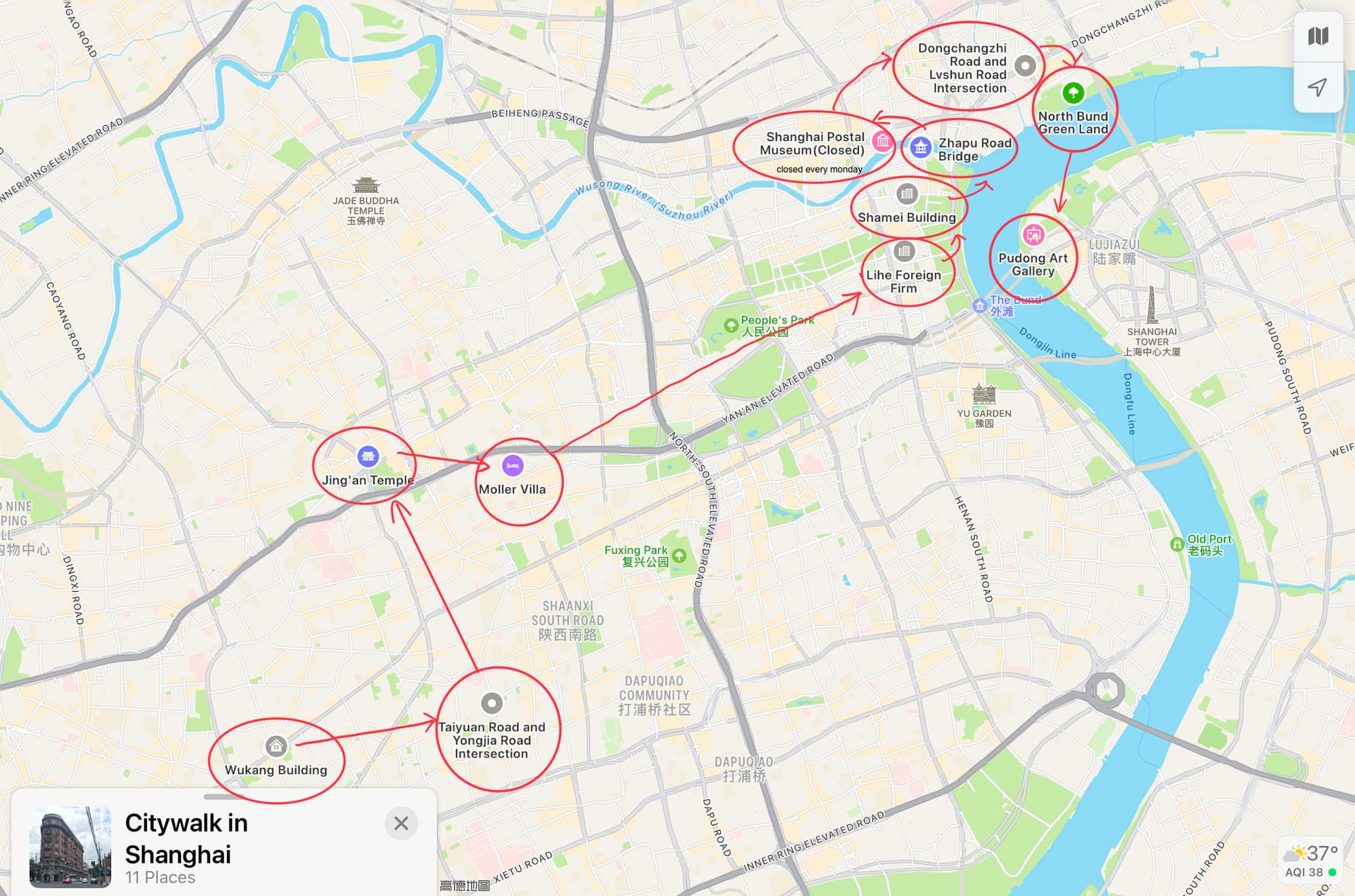
Wukang Buiding
The Wukang Building(武康大楼), located in the heart of Shanghai’s historic French Concession, is a renowned architectural landmark that embodies the city’s rich cultural heritage. Built in 1911, this apartment building is situated on Wukang Road (formerly known as Route Ferguson), a street famous for its well-preserved Shikumen (stone gate) houses and tree-lined avenues.
Today, the Wukang Building stands as a testament to Shanghai’s unique cultural blend and its storied past. It is a popular tourist attraction and a cherished part of the city’s urban landscape, offering a glimpse into the elegant lifestyle of Shanghai’s early 20th century.
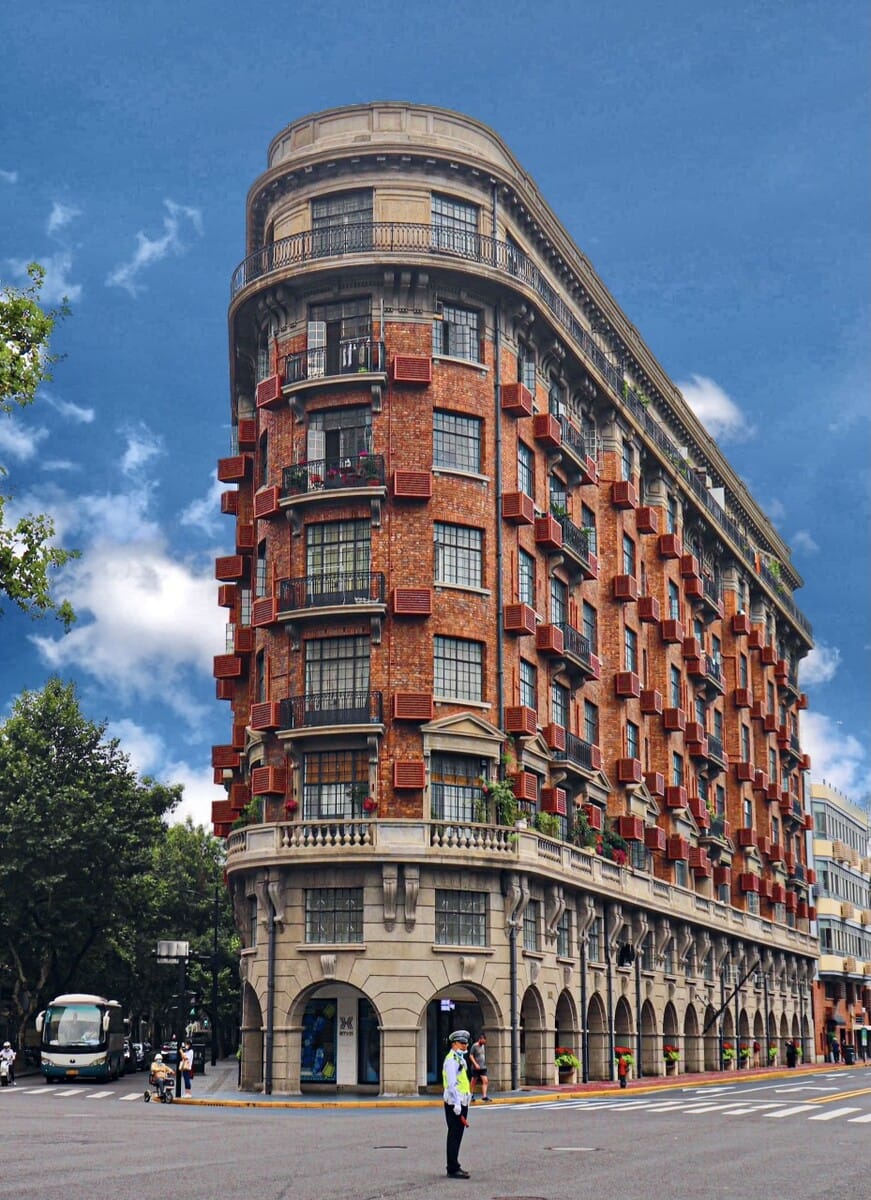
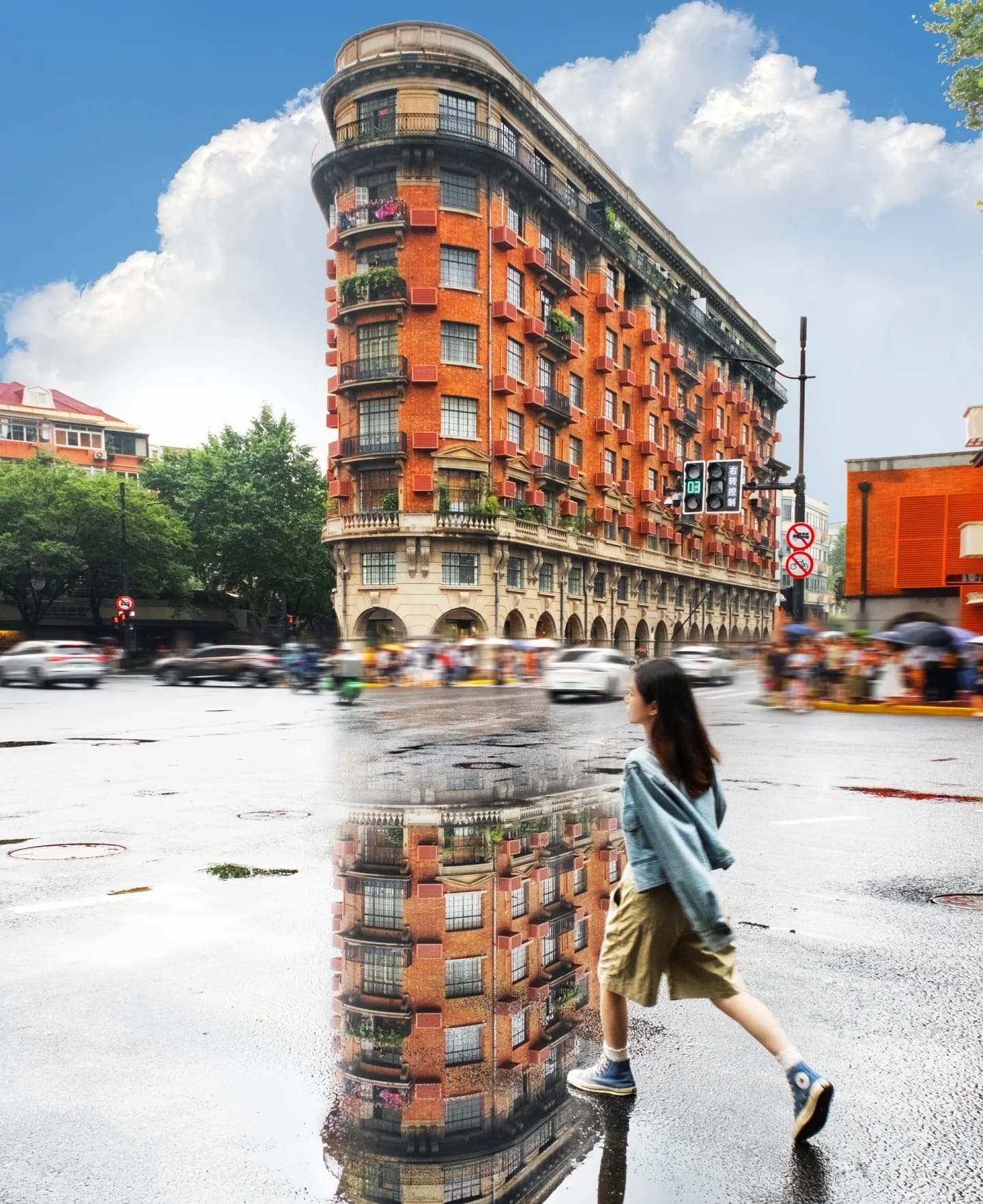
Taiyuan Road and Yongjia Road Intersection
The intersection of Taiyuan Road (太原路) and Yongjia Road (永嘉路) in Shanghai is a charming corner located in the former French Concession area, known for its historical significance and architectural beauty. This intersection is part of a network of tree-lined streets that are rich in cultural heritage and are often described as the epitome of “old Shanghai.”
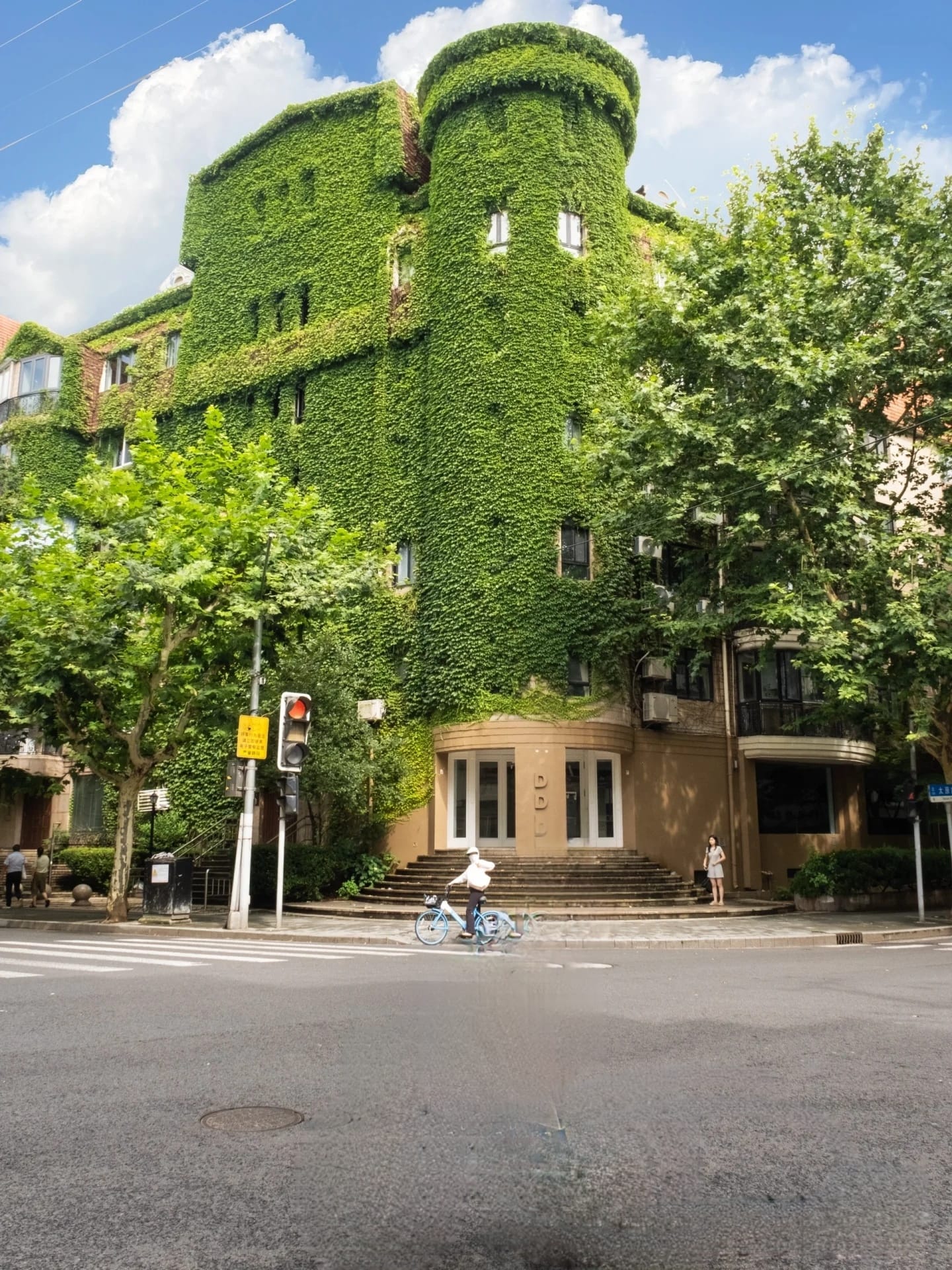
Jing'an Temple
Jing’an Temple(静安寺), located in the Jing’an District of Shanghai, is one of the most famous and oldest temples in the city. The temple’s history dates back to the Three Kingdoms period (AD 222–280). Originally named Hengshan Temple, it was later renamed Jing’an Temple, which means “Temple of Peace and Tranquility” in Chinese.
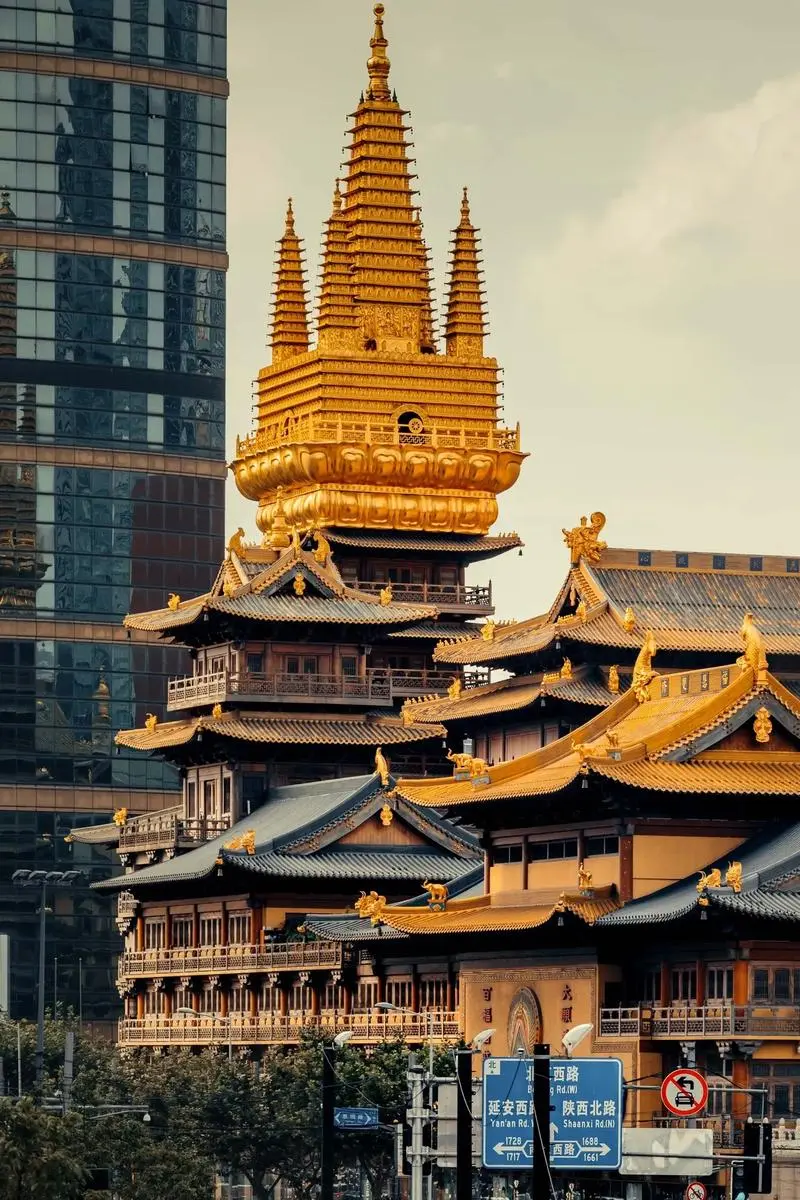
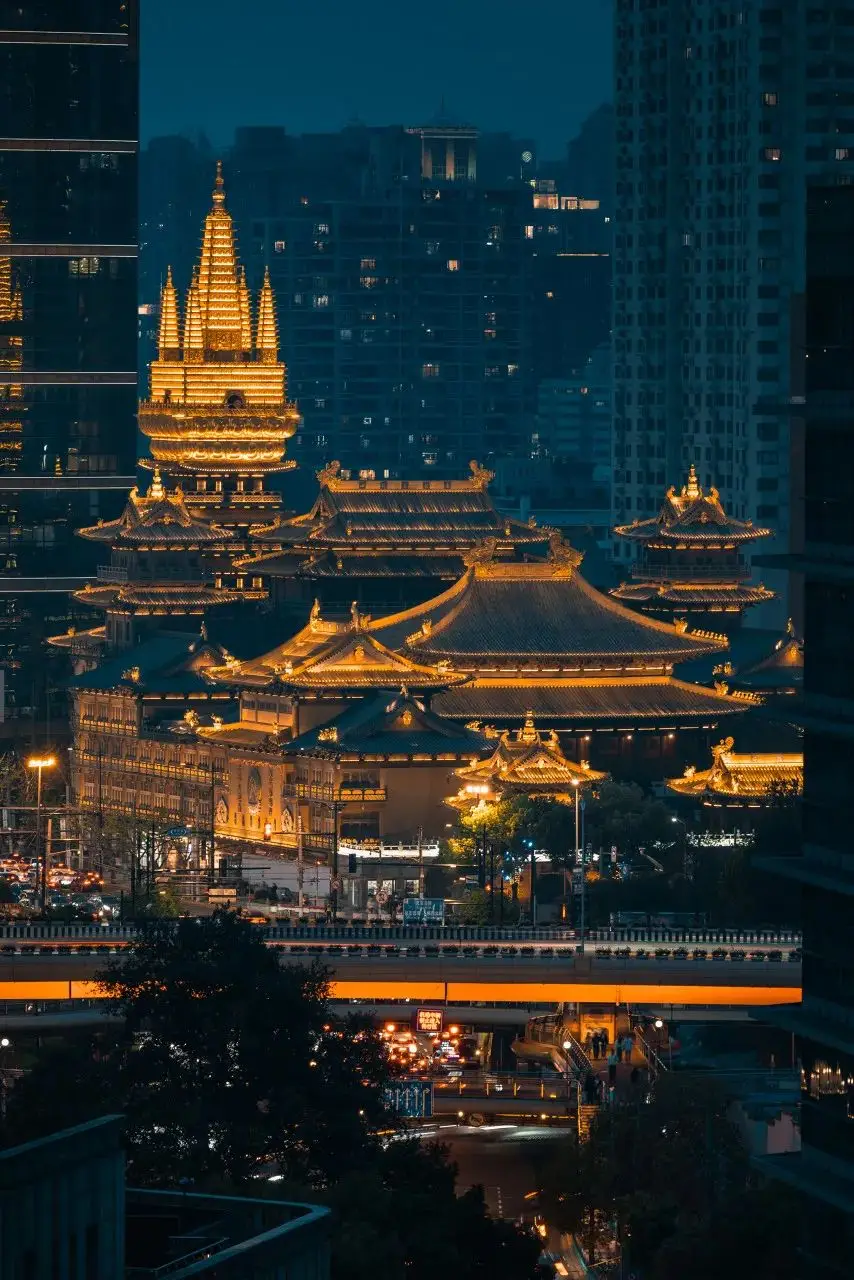
Moller Villa
Moller Villa(马勒别墅), also known as the Moller House or Ma Laosi Mansion, is a unique and historically significant building located in the Jing’an District of Shanghai, China. The villa was built between 1929 and 1936 for a wealthy British Swedish merchant named Eric Moller. It was designed by the British architects A.G. & H. G. Moller, who were related to Eric Moller. The villa served as the Moller family residence for many years.
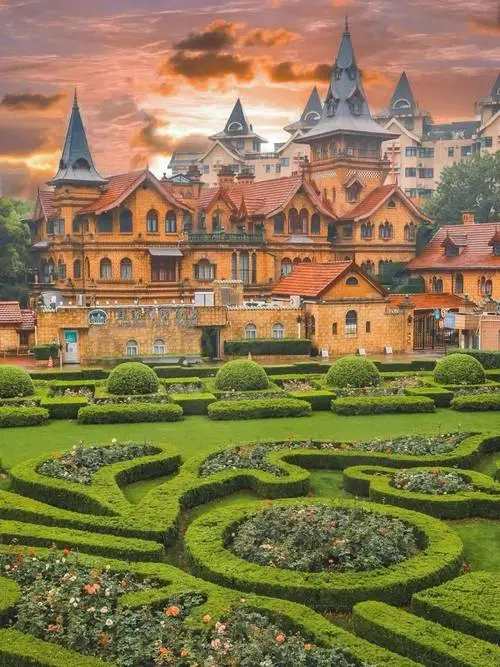
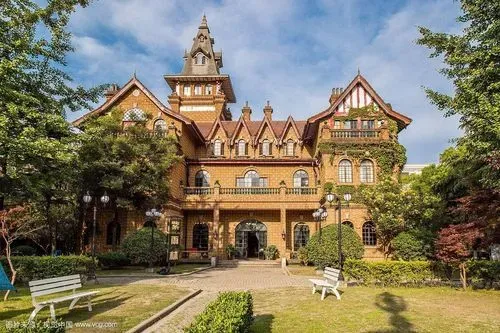
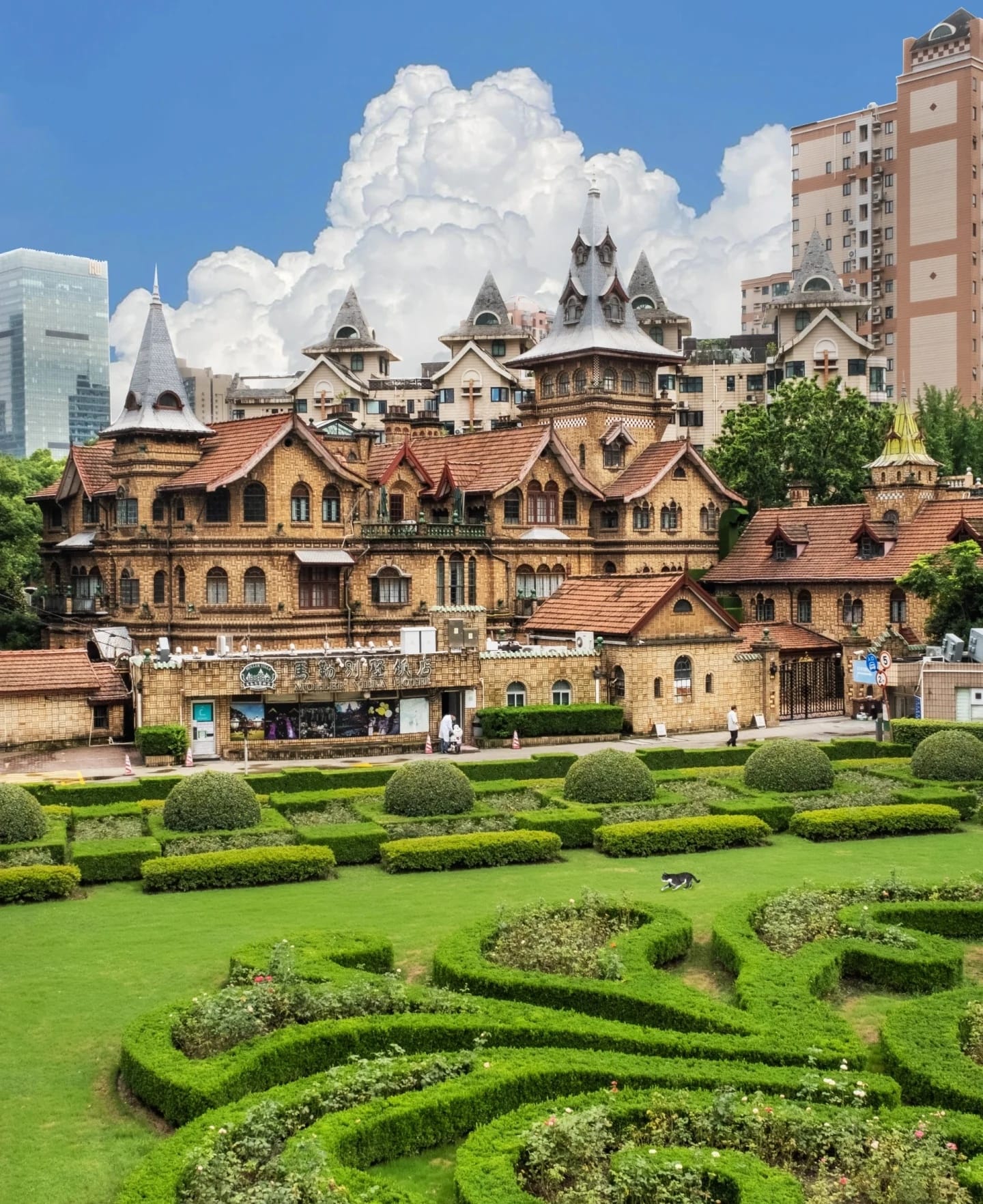
Lihe Foreign Firm
Established in 1866 by German entrepreneurs, Lihe Foreign Firm(礼和洋行) was among the early foreign companies to operate in China, playing a notable role in the country’s modern economic history. It is designed in the British Queen Anne Revival style with an exterior outline, making it one of the largest foreign firm buildings in 19th-century Shanghai. The structure stands four stories tall, including a fifth story with an attic. It features a brick-wood structure with fair-faced red brick exteriors and natural stone carvings. Between the arches, there are twin stone pilasters topped with intricately carved stone decorations, exemplifying typical British colonial architecture.
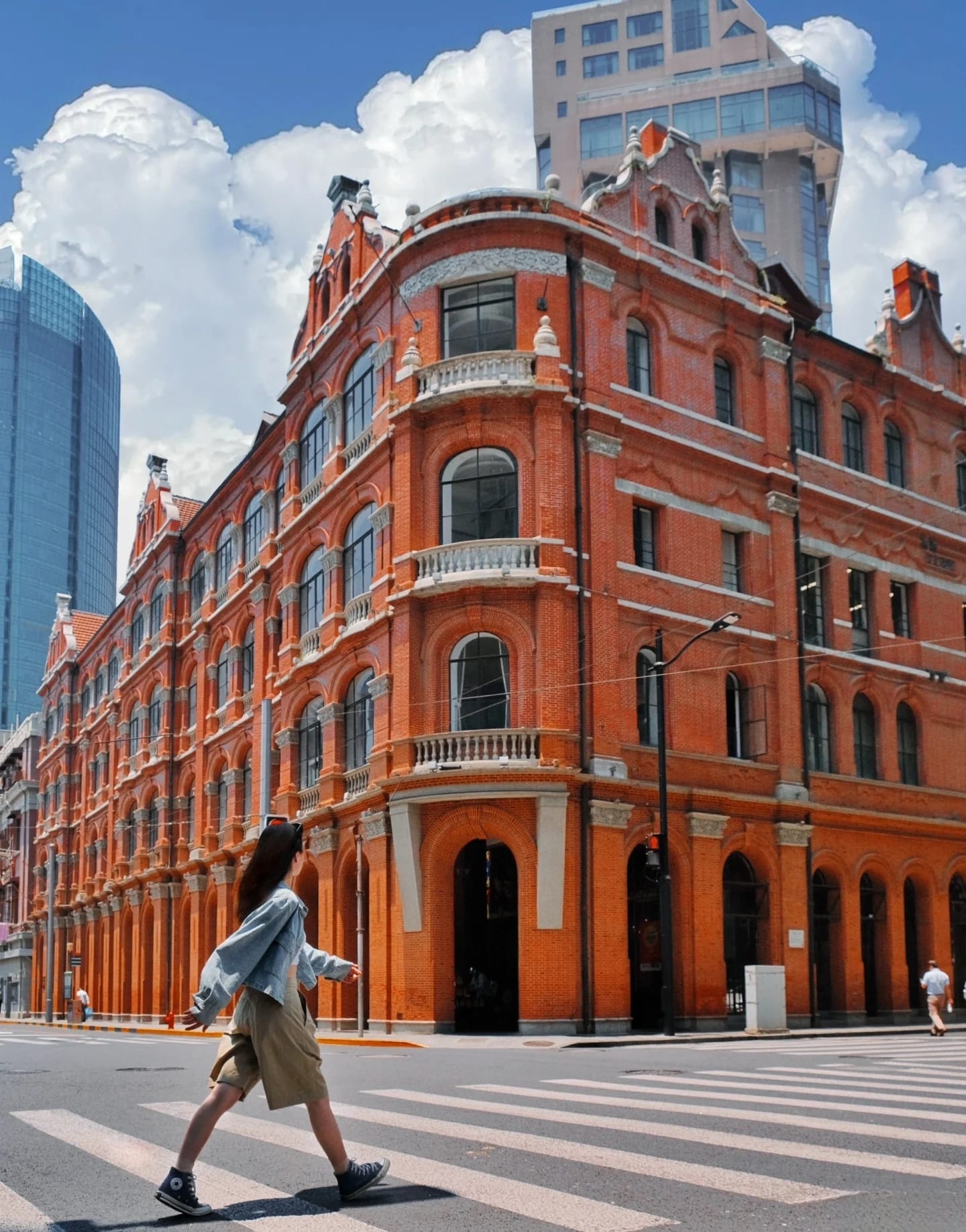
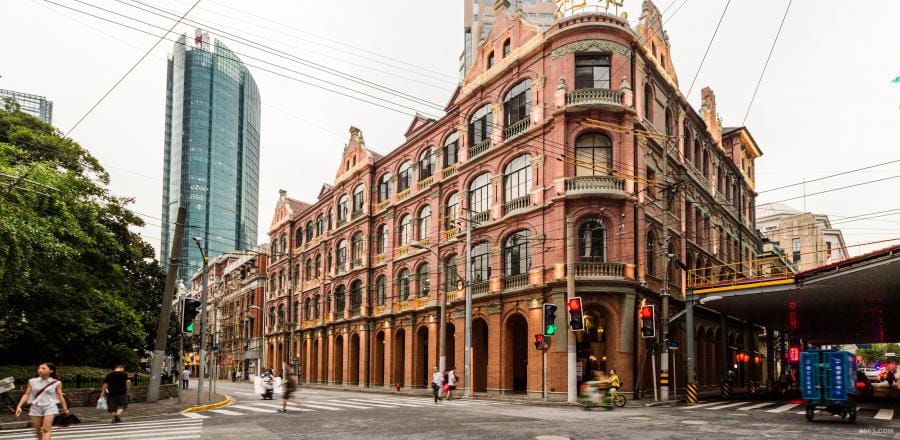
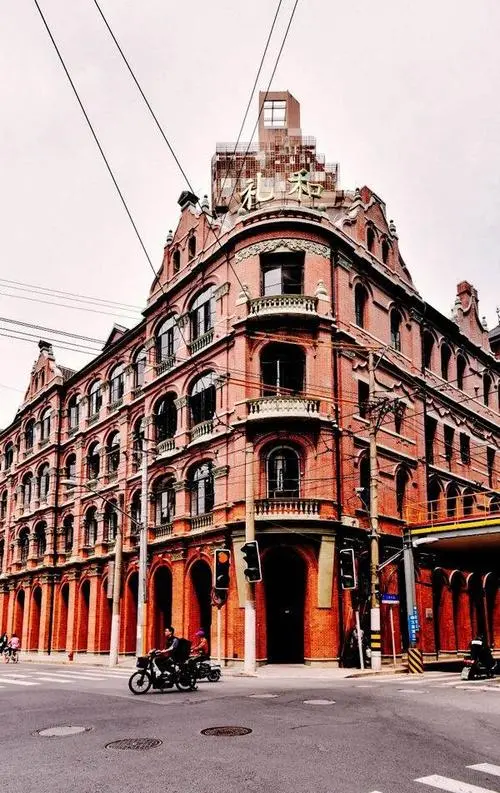
Shamei Buiding
Shamei Building(沙美大楼), also known as the Chama House or Chama Apartments, is a historic residential building located in the former French Concession area of Shanghai, China. The building is an example of Art Deco architecture, which was popular in Shanghai at the time. It features geometric shapes, clean lines, and decorative elements typical of the Art Deco style. The Shamei Building is known for its elegant and sophisticated design, which includes a distinctive tower structure and ornate balconies.
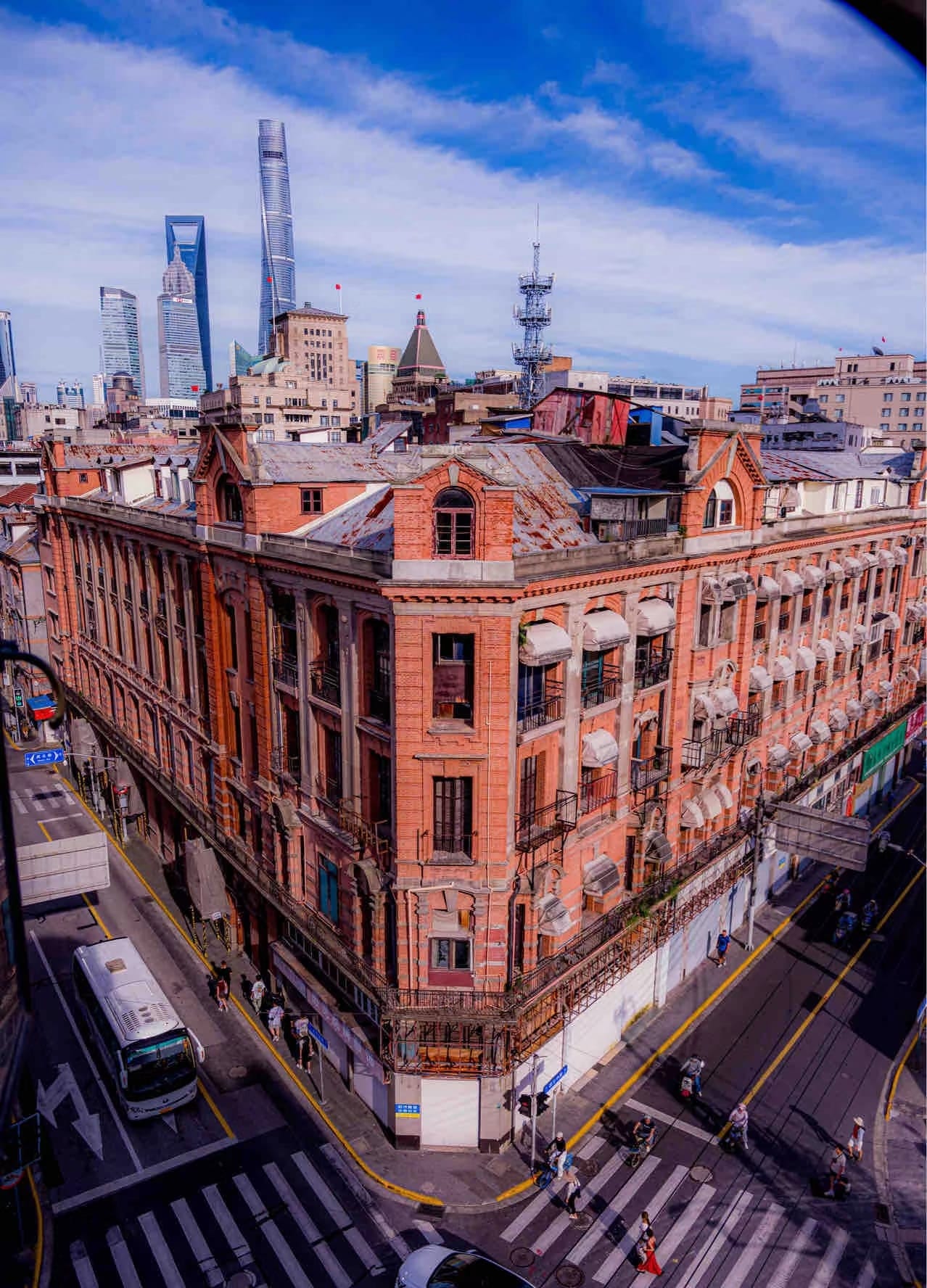
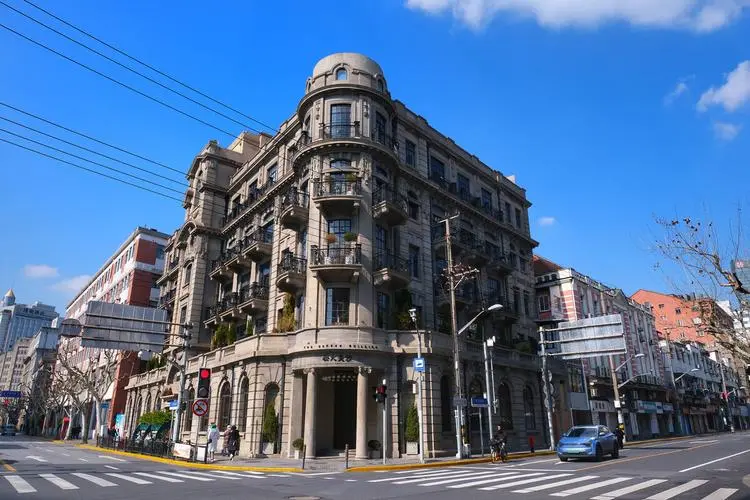
Zhapu Road Bridge
The original Zhapu Bridge(乍浦路桥) was first constructed in 1908 and was known as the Chaoufo Bridge. It was one of the earliest steel truss bridges in Shanghai. Over the years, the bridge has been reconstructed and expanded to accommodate the city’s growing traffic and development needs. It is a modern, multi-span bridge with a steel truss design. It features a wide deck that accommodates multiple lanes of traffic in each direction, as well as sidewalks for pedestrians.
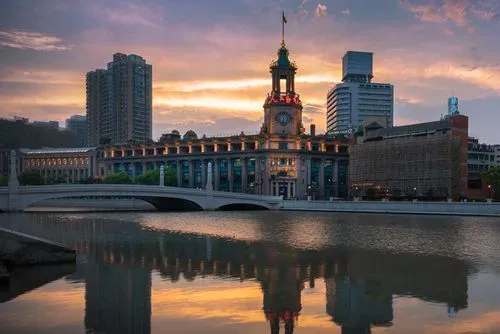
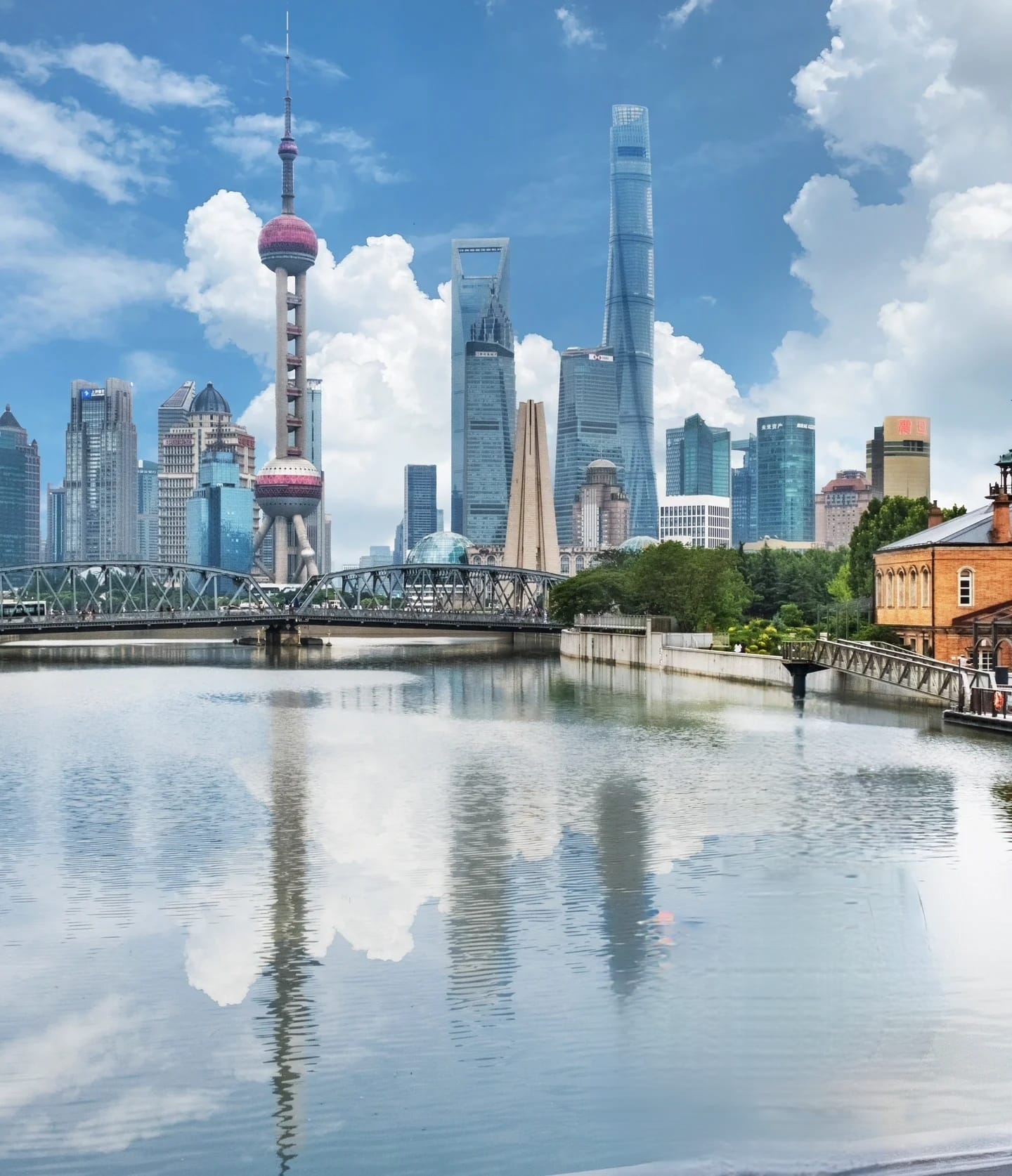
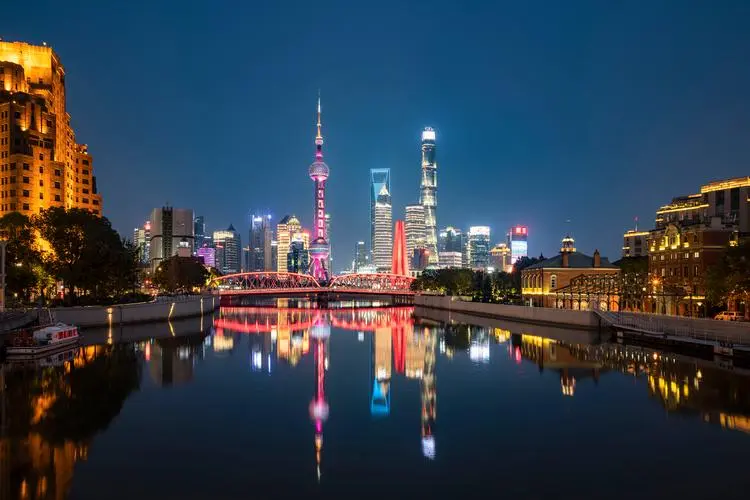
Shanghai Postal Museum
The museum was established in 2006, but the building it occupies has a much longer history. Shanghai Postal Museum(上海邮政博物馆) was constructed in 1924 and was once one of the largest postal buildings in East Asia. It has witnessed the evolution of postal services in Shanghai over the decades.
The building is an example of Baroque architecture with neoclassical elements. It features a grand facade with large columns, intricate carvings, and a distinctive green dome. The interior design includes marble floors, ornate staircases, and vintage postal equipment.
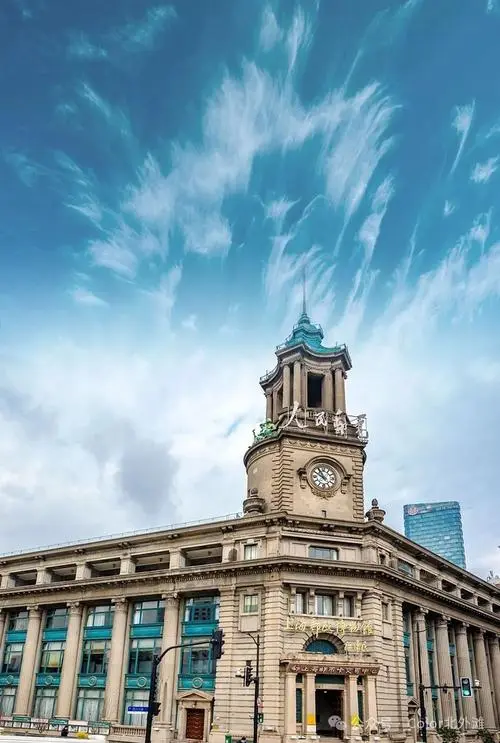
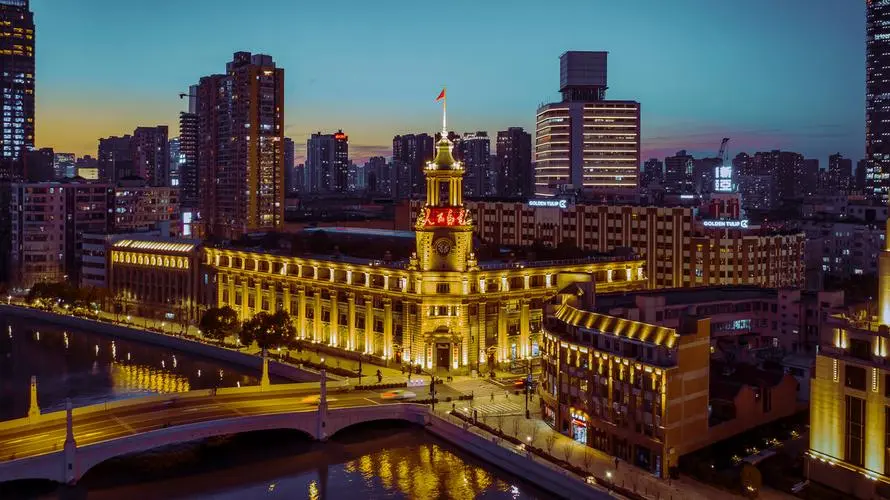
Dongchangzhi Road and Lvshun Road Intersection
The intersection is a transportation hub, with several bus routes and potentially future metro connections serving the area. It is a critical point for public transportation, making it an essential part of the city’s infrastructure for both commuters and visitors.
The surrounding area features a mix of residential, commercial, and office buildings. It is close to shopping centers, restaurants, and various businesses, reflecting the dynamic and modern character of Pudong.
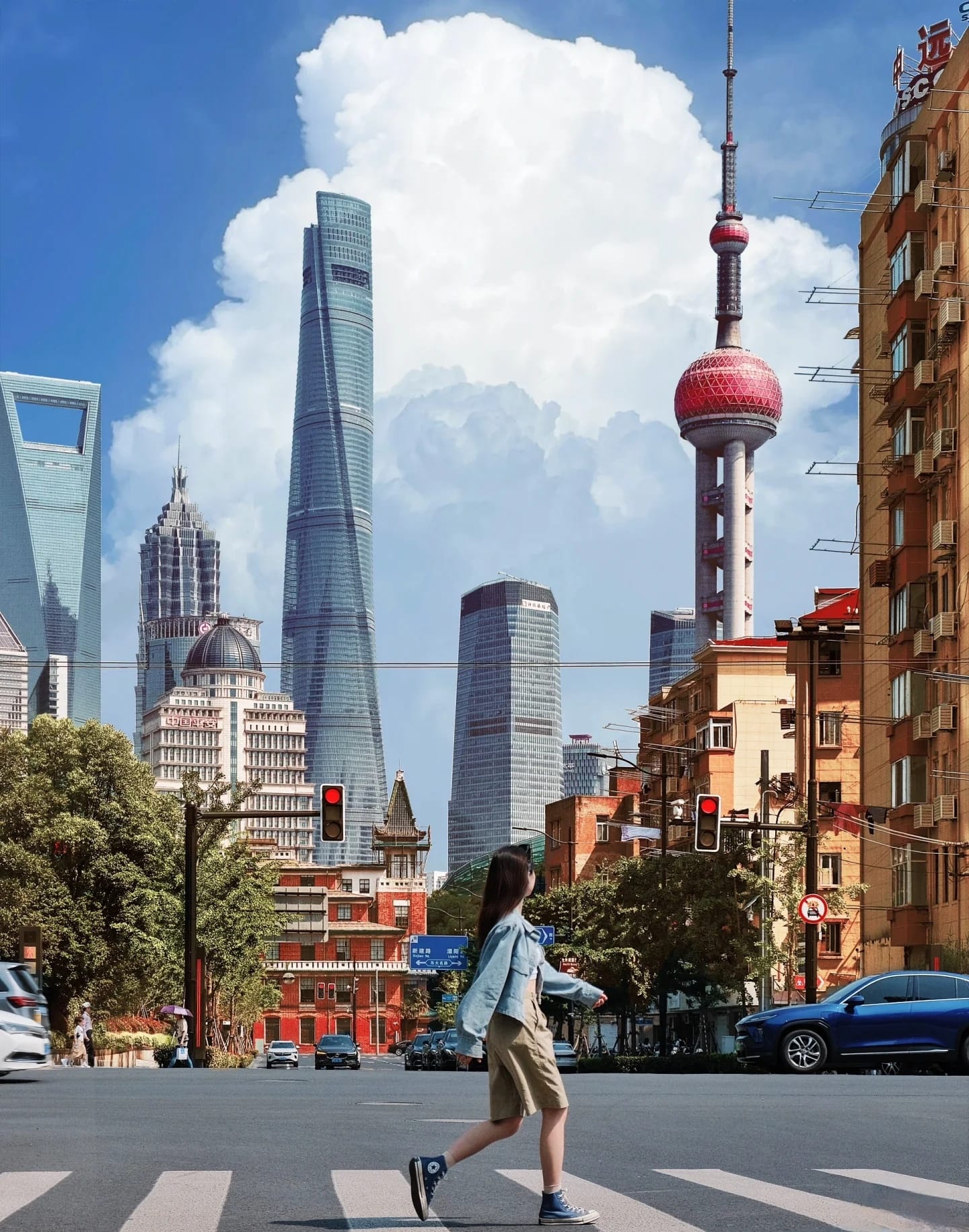
North Bund Green Land
North Bund Green Land(北外滩滨江绿地), also known as Waitan Park or North Bund Park, is a public park located in the Hongkou District of Shanghai, China. The park features a combination of lawns, tree-lined walkways, flower beds, and seating areas. It offers a peaceful retreat from the bustling city with views of the Shanghai skyline, including the iconic Pudong district across the river.
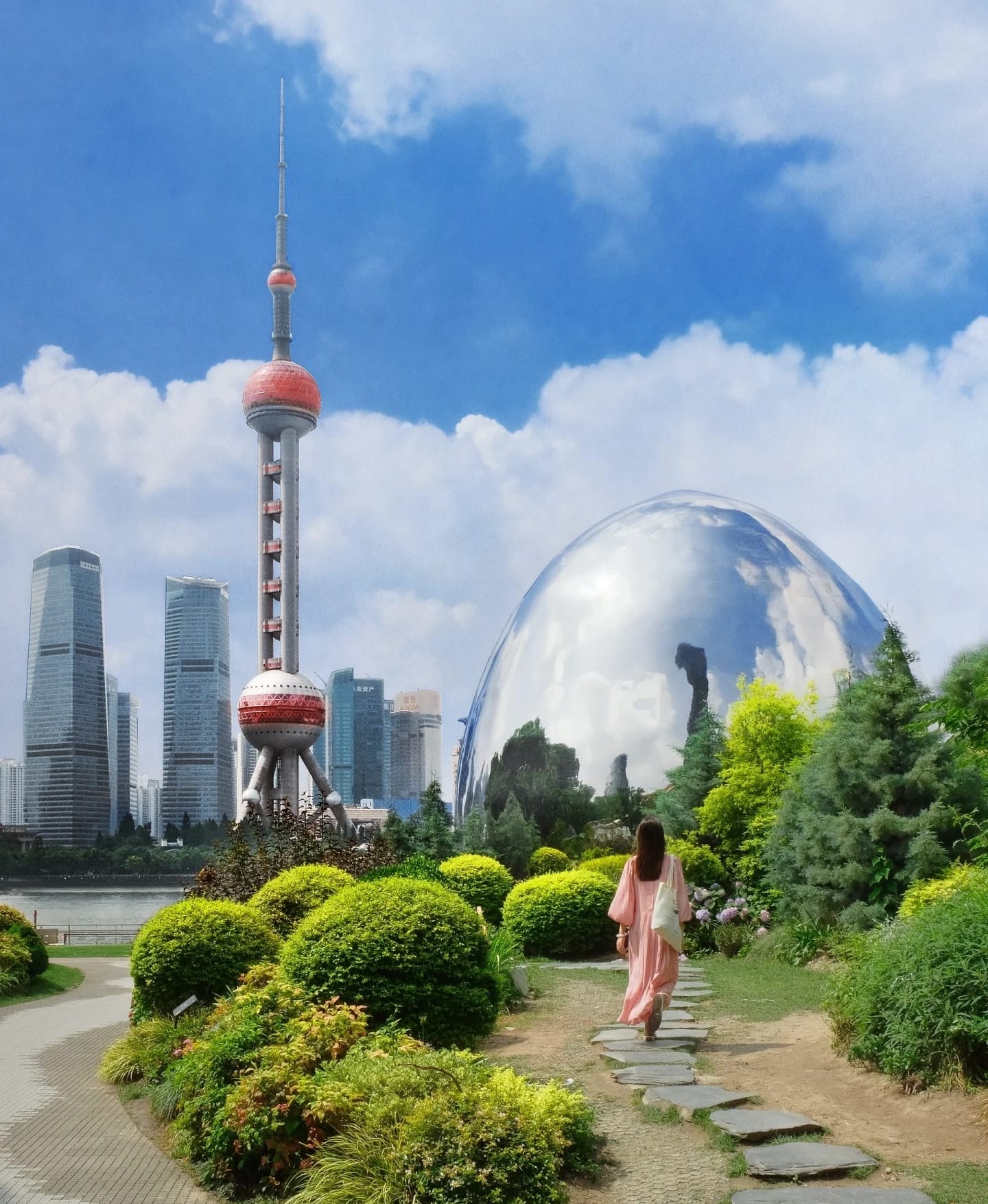
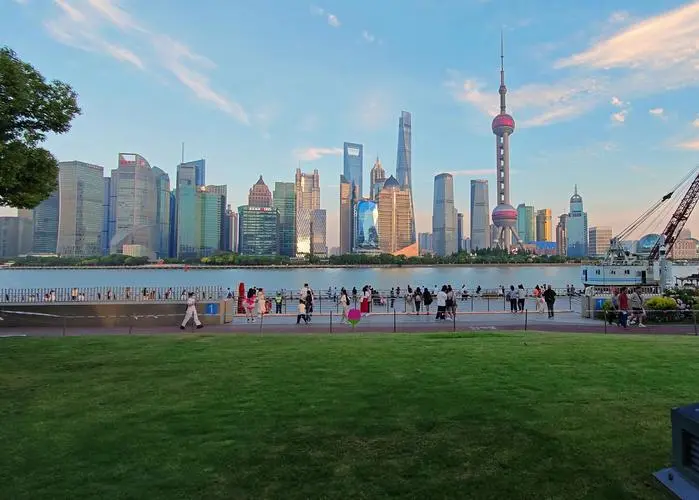
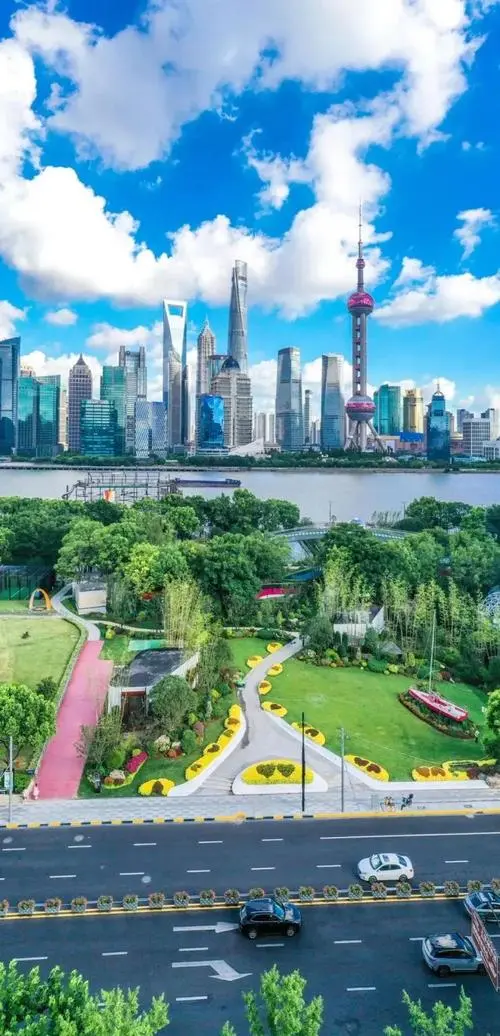
Pudong Art Gallery
The Pudong Art Gallery(浦东美术馆) is situated in the heart of Lujiazui, the financial and commercial hub of Pudong. Its location within the Shanghai Tower, one of the tallest buildings in the world, underscores its prominence in the city’s cultural landscape.
The gallery was established to promote the arts and culture within the rapidly developing Pudong New Area. It serves as a platform for both local and international artists to showcase their work and contribute to the cultural enrichment of the community.
